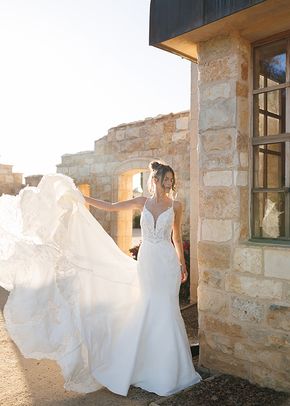We're buying a house that currently has no heating system. MrG suggested the possibility of having underfloor heating, but I've no idea on the cost. Has anybody had it fitted? It's a 3 bed, 2 reception semi, any ideas on price?
Also is it worth it? I like the idea of not having radiators and pipes etc, but what if one of the pipes burst - how likely is that?



















